
Carl Johan Schönherr was a Swedish entomologist who revised the taxonomy of beetles, including weevils.

Exophthalmus is a genus of broad-nosed weevils in the family Curculionidae. It contains 85 described species.
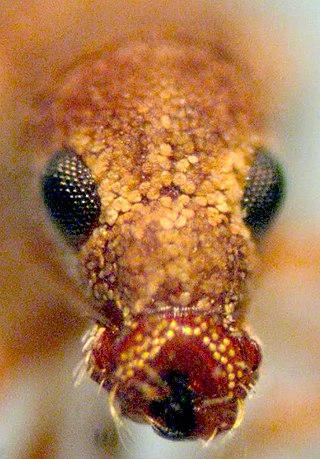
The Anypotactini are a Neotropical weevil tribe in the subfamily Entiminae. It includes 81 described species.

Eustylini is a primarily Neotropical weevil tribe in the subfamily Entiminae.

Geonemini is a weevil tribe in the subfamily Entiminae.

Barypeithes sulcifrons is a species of weevil native to Europe.

Barypeithes pellucidus is a species of weevil native to Europe. It has been found in North American hardwood forests for over a century. Larva eat roots and overwinter underground.
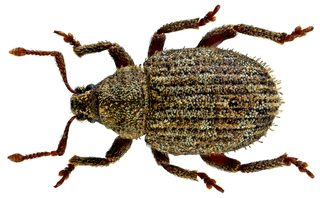
Caenopsis waltoni is a species of weevil native to Europe.

Polydrusus pterygomalis is a species of weevil native to Europe.
Donus elegans is a species of true weevils in the tribe Hyperini.

Pandeleteius is a genus of broad-nosed weevils in the family Curculionidae. There are over 150 described species in Pandeleteius, distributed across the Americas. Most species in the genus were described by Anne Howden.
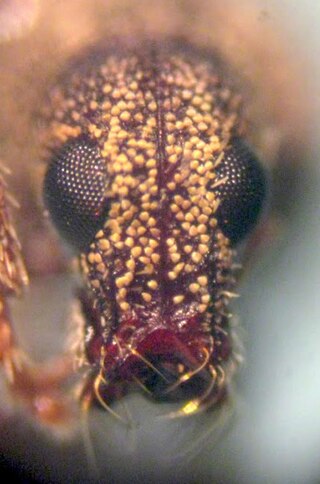
Polydacrys is a genus of broad-nosed weevils in the beetle family Curculionidae, subfamily Entiminae, tribe Anypotactini, present across the Americas and the Caribbean. There are eight described species in Polydacrys.

Enteles vigorsii is a weevil in the Curculionidae family, which is found on the east coast of Australia.

Enteles is a genus of weevil in the family Curculionidae.

Polyteles is a South American genus of broad-nosed weevils in the subfamily Entiminae, tribe Entimini. There are seven described species distributed in Argentina, Bolivia, Brazil, Ecuador, Paraguay, Peru, and Uruguay.
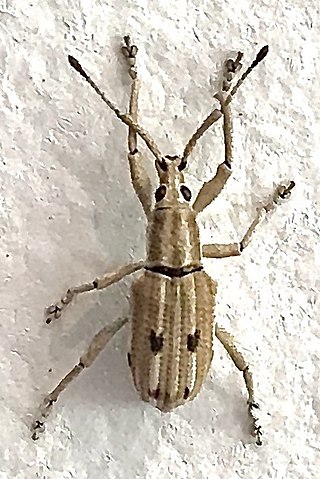
Eustylus is a neotropical genus of broad-nosed weevils in the subfamily Entiminae, tribe Eustylini.
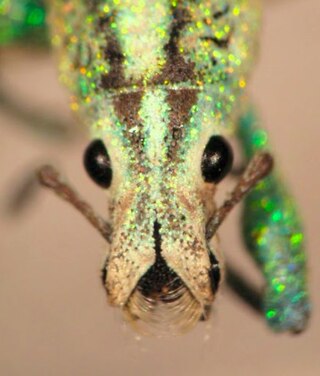
Oxyderces is a genus of broad-nosed weevils in the family Curculionidae distributed in South America. It can be recognized by the presence of dense setae on the apex of the rostrum and postocular setae.
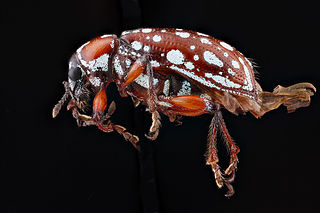
Lachnopus is a genus of broad-nosed weevils in the family Curculionidae distributed in the Caribbean Region.

Brachyomus is a Neotropical genus of broad-nosed weevils in the subfamily Entiminae, tribe Eustylini.

Anypotactus is a genus of broad-nosed weevils in the beetle family Curculionidae, subfamily Entiminae, tribe Anypotactini, present across Central and South America. There are six described species in Anypotactus.


















